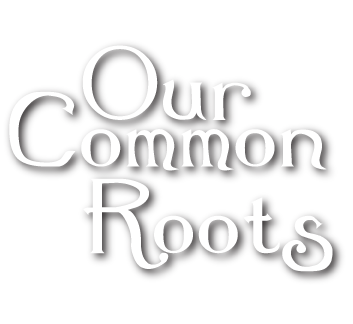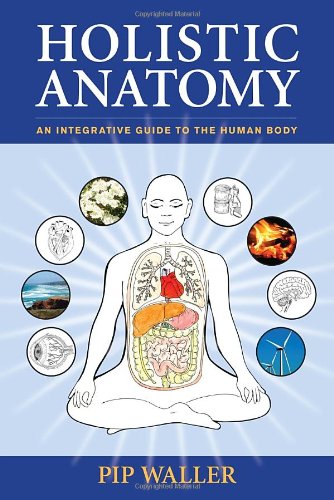Introduction
In this module we will explore some essentials in natural healing such as; seeing the body as an ecosystem, the role of Vital Energy or Qi and the true potential of sound health. This module introduces a detailed look at the elements of earth, water, fire, air, and ether, as well as how we're literally made up of a balance of them all. An herbalist understands that our personality traits, interests, emotions and so on are all related to the flavours we eat, the seasonal time of year, where we reside, our ancestral constitution, and more. There are many ways to learn about plants just through their flavour and in order to practice herbalism successfully it’s best one understand what the herbalist means when speaking of damp / dry conditions, or heat / cold imbalances. It’s equally important that we consider how all of creation is comprised of energy and intelligence and what many healers mean when speaking about our potential for a higher human consciousness. In order to explore a practical model for working with herbal energetics we utilize the ancient Indian science of Ayurveda combined with a contemporary view of a Medicine Wheel. We'll continue to delve deeper into Holistic Anatomy and Herbal Actions and Properties and of course there are many more amazing plant ally videos including; the bountiful Red Raspberry, the powerful Hawthorn, and the truly amazing Symphytum Officinale, aka: Comfrey. We also provide more precious Interviews with Elders and extensive Audio content for your greater learning.
LESSON ONE - HERBAL video series: MASTERS IN MOTION with CHad cornell and robert rogers
Covering plants in their natural environment. In each video, Chad and Robert explore the common and traditional uses of these healing plants. Each plant reference is accompanied with full text followup by Robert Rogers.
Instructors: Chad Cornell M.H. and Robert Rogers AHG
Time: 35m
Topics: Horse Tail, Strawberry, Blueberry, Hawthorn, Dogbane, Wild Ginger, Comfrey, Motherwort
LESSON TWO - The Fundamentals of Herbal Healing - AUDIO COURSE
An Essential Part 3, The Elementals PART 1
Instructor: Chad Cornell M.H.
Time: 65m
Topics: Alteratives, Adaptogens, Antidepressants, Relaxants, Antacids, Anti arthritics, Antibiotics, Osha, Licorice, Mullien, Usnea
LESSON THREE - Holistic Anatomy (Introduction, cells, tissues, skin)
This section is based on the book Holistic Anatomy by Pip Waller which presents an authoritative study of anatomy, physiology, and pathology but expands the discussion by connecting the science of the body to a variety of alternative modalities to explore how human beings exist within—and interact with—their environment, and how they experience existence in emotional and spiritual terms.
This questionnaire is based on Chapters 1 to 4 and is required to be submitted to us for your Completion Certificate.
Please submit the completed questionnaire by email to submissions@nextgenerationherbalist.com OR FAX TO 204-888-5232
We will review your submission and retain on file for consideration of issuing a Certificate of Completion.
Please feel free to contact us at admin@ourcommonroots.com if you have any questions!
FOLLOWUP REFERENCE BY ROBERT ROGERS
In order for herbalists to converse and think about plant energetics, it is important to have a common groundwork of definitions.
Author: Robert Rogers AHG
Topics: Herbal Actions And Properties From Adaptogen To Vulnerary
HERBAL PREPARATION VIDEOS
WORDS FROM THE MASTERS
Chad Cornell Interview excerpt with Dr. Terry Willard. Terry Willard, Cl.H., Ph.D. is recognized as one of North America’s leading Clinical Herbalists. He currently serves as the President of the Alberta Association of Herbal Practitioners, on the Canadian Council of Herbalist Associations and is a professional member of the American Herbalist Guild.














Hawthorn berry, leaf and flower are all heart tonics, slow and gentle in action, but strengthening the heart function overtime. The herb is a mild vasodilator, increasing the supply of blood to heart muscles, thus reducing the chance of spasms, angina and shortness of breath in the elderly. Studies have shown berry extracts help decrease lactic acid during angina attacks.
Continue Reading ....